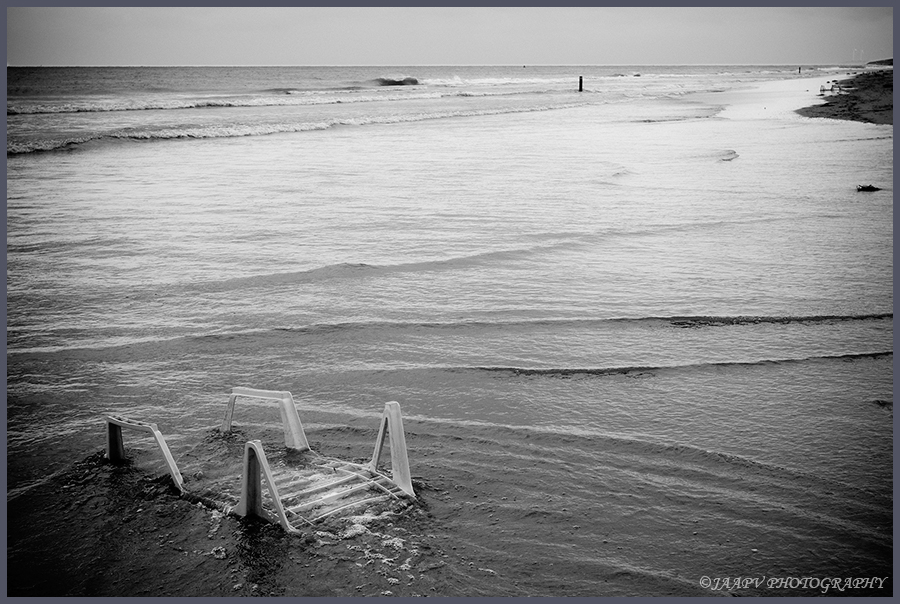jaapv
RFF Sponsoring Member.
False analogy, Bill, RAW does not cost more than Jpeg. Having said that, I agree. Good enough is good enough and everybody chooses his own level.
I disagree, however, with "labor for hours". The conversion of a shot of normal standard from the M8, RAW conversion in ACR, crop, check levels and curves, check sharpening, reset to 8 bits and save takes less than two minutes.That is without batch conversion,which I would use for a family picknick; that would bring it down to a few seconds and five minutes for the lot. As I posted earlier, a worst case scenario,fit only for shots one realy wants to enhance or print large, less than ten minutes. Lightroom is even quicker and easier for most of us, even if it has a few less possibilities.
I disagree, however, with "labor for hours". The conversion of a shot of normal standard from the M8, RAW conversion in ACR, crop, check levels and curves, check sharpening, reset to 8 bits and save takes less than two minutes.That is without batch conversion,which I would use for a family picknick; that would bring it down to a few seconds and five minutes for the lot. As I posted earlier, a worst case scenario,fit only for shots one realy wants to enhance or print large, less than ten minutes. Lightroom is even quicker and easier for most of us, even if it has a few less possibilities.


